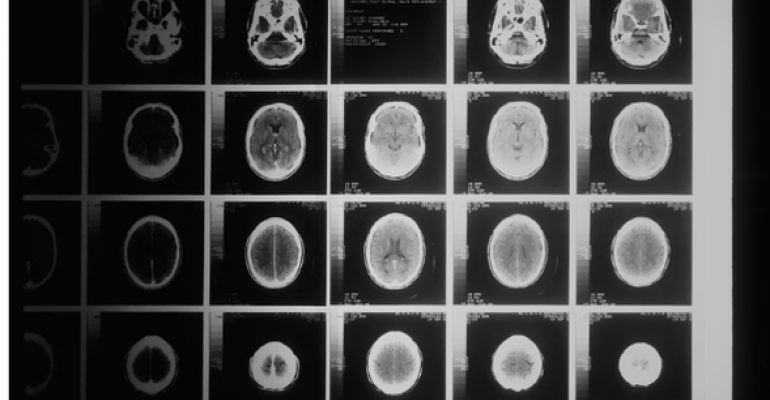
What if Paedophilia is an Orientation? A Response
Like Matthew I too am less interested in the nature v nurture debate as to sexual orientation and much keener on protecting children from those who seek to harm them sexually. Critics of Dr Cantor’s work point out that paedophilia isn’t solely a genetic predisposition because environmental and social factors make major contributions towards learned sexual behaviour.
One danger of seeing paedophilia as a sexual orientation (ignoring the different age bands within the clinical definitions of those attracted to children) is that of legitimisation. It is not the same as other forms of sexual orientation for adults with a sexual interest in adults (of whatever attraction) and human rights assigned to it. If we have learnt anything from the disgraced Paedophile Information Exchange (PIE) campaign of the late 1970’s and early 1980’s it is that we should not give any sort of credibility to those intent on abusing children. We must especially not allow those wanting to legalise sex between adults and children to attach to that deeply harmful activity a spurious human rights element, which they then try to exploit by abolishing the age of consent.
Matthew suggests that those confessing such desires should be treated by society without any fear of threat or stigma, which could help make safeguarding children easier. Although this is in some ways an admirable hope, it is also somewhat naïve as it ignores the nature of child sexual abuse. Those sexual offenders who do wish to change their behaviour should be supported and directed to organisations such as Stop it Now! UK and Ireland. Stop it Now works with those who are seeking help for their inappropriate thoughts or behaviour towards children.
Consideration should be given to how sexual predators gain access to children through the grooming process. Child sex offenders will often seek out adults and groom them, or develop bonds of trust with them, or dependency, in order to gain access to their children. They will then repeat this behaviour with the children, increasingly online as well as offline, in order to create opportunities to abuse.
I am therefore unconvinced that it would be better for society if we were able to destigmatise those who show a sexual interest in children. Abhorrence is much more preferable than passive acceptance. It is more about how we respond to the distasteful, or unpleasant, and the parable of the Good Samaritan (Luke 10:25-37) provides both a cultural context and the appropriate response - with mercy being shown towards someone when it would have been far easier to have passed by on the other side. Jesus demonstrates a similar example of how we should respond when he healed the lepers (Luke 17:11-19).
A better paradigm of working with sexual offenders starts from the position of the survivor of the abuse, recognising that all forms of sexual abuse have abuse of power at their core, which is manifested in actions which thrive on deception. That paradigm also shows appropriate concern for the person who is attracted towards children. It should not be just be a harsh, vigilante-style emotional response, but one that offers compassionate care coupled with a willingness to do whatever it takes to ensure the safety and protection of children, and one where the love of all is at its heart. (Matthew 22: 34-40).
Bad childhood experiences often prevent people from flourishing later in life. The long term effects of child sexual abuse and exploitation include poor mental health; difficulties in forming and sustaining emotional and social relationships; and physical health problems. Deep-seated distrust of others often means that survivors may struggle in their spiritual walk. It is little wonder, therefore, that protecting children from harm and the consequences of not doing so was articulated so clearly by Jesus. (Mark 9:33-37, Matthew 18:6-9).
Conversely, people flourish in safe spaces, free from harm, where boundaries are protective and nurturing. If we are to care for those interested in harming children (which is what sexual offenders do) then we need to enact the call of love set out in 1 Corinthians 13:7, which “always protects, always trusts, always hopes, always perseveres.”